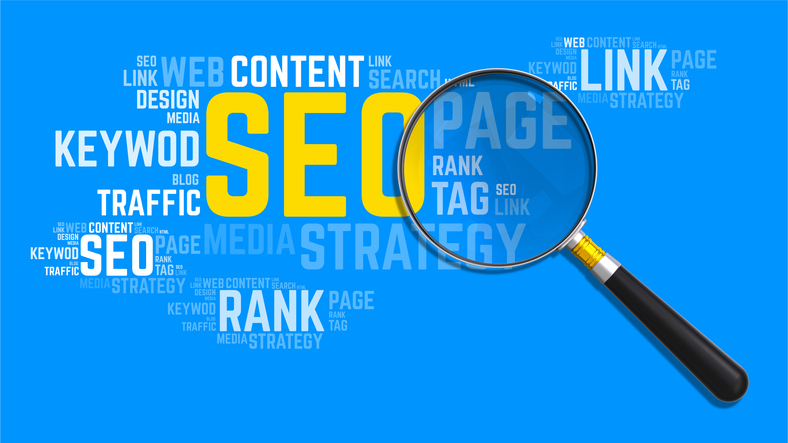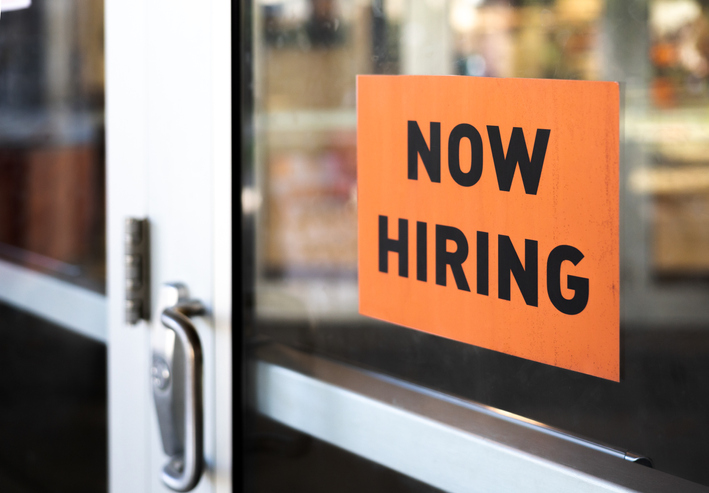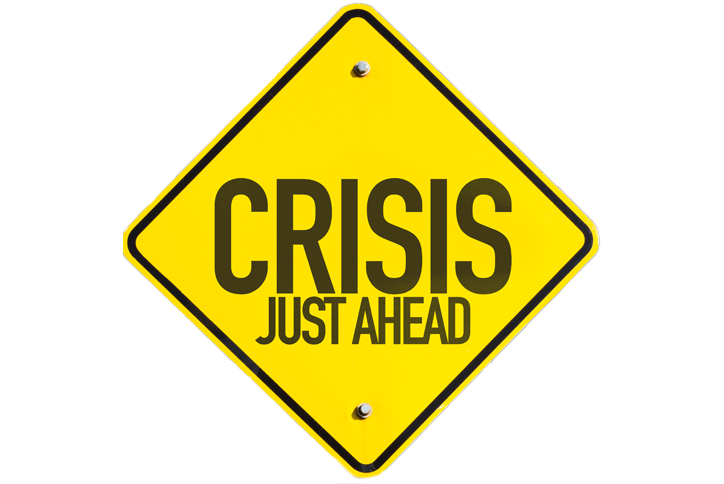
A week or so ago, we were once again talking about Search Engine Optimization (SEO) and websites. Th...
Read More

‘Tis the season! And although, chances are very good that over the years you’ve s...
Read More

It was back in May when we talked about the importance of SEO… “SEO. A cure for the inv...
Read More

Like many of you, I frequently check in with The Financial Brand, as there’s always some piece...
Read More

Well, history certainly does repeat itself, doesn’t it.. I immediately thought of this...
Read More

At a time when the marketplace is increasingly competitive, community banks face a unique cha...
Read More
.jpg)
The Wall Street Journal recently issued this rather stark warning to what some are calling “re...
Read More

Yes, it’s that time again: Farm Bill time. Or, more appropriately the “Agricultu...
Read More

It was just over a year ago that we were talking about social media in our blog “5 way...
Read More

It doesn’t take much to squander good will, does it? It wasn’t long ago, remember(?) whe...
Read More